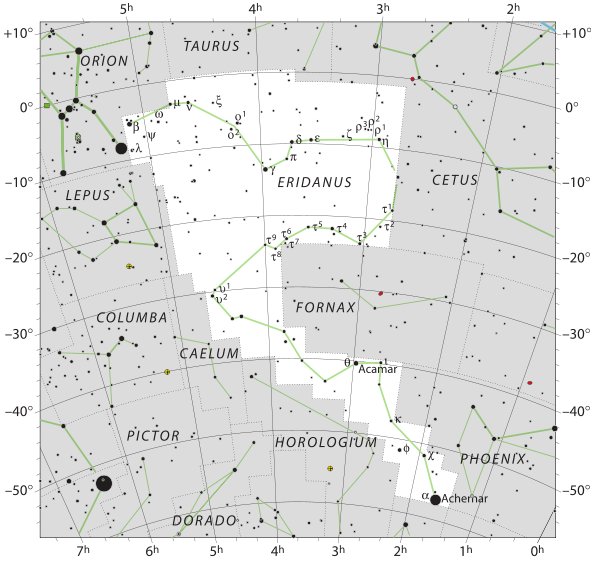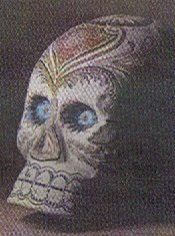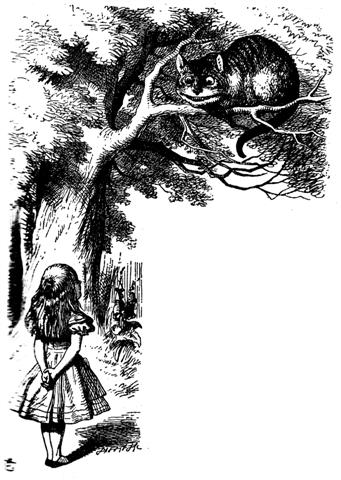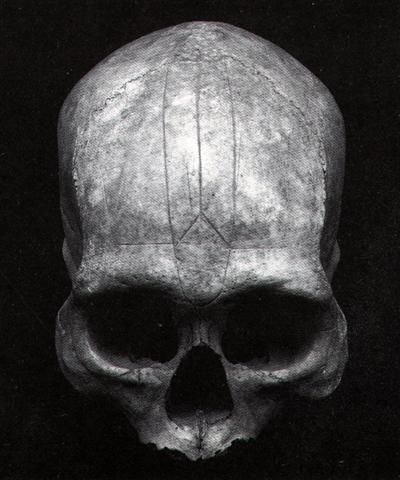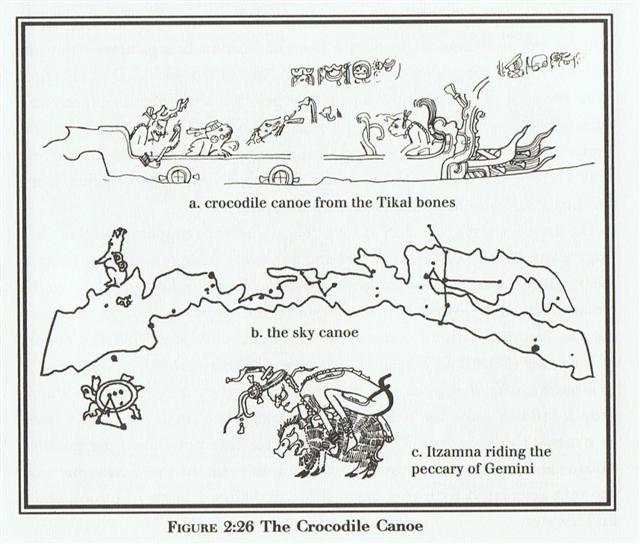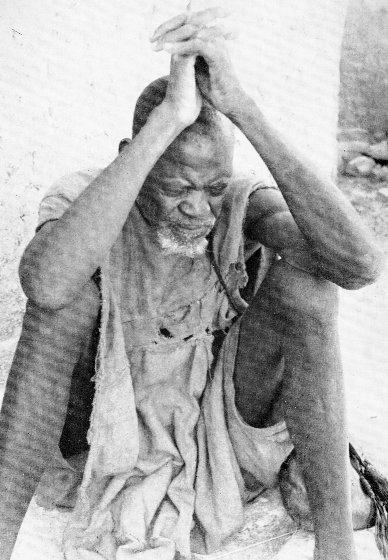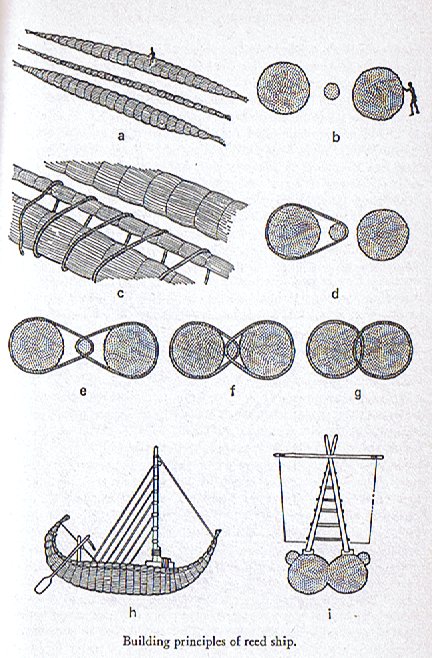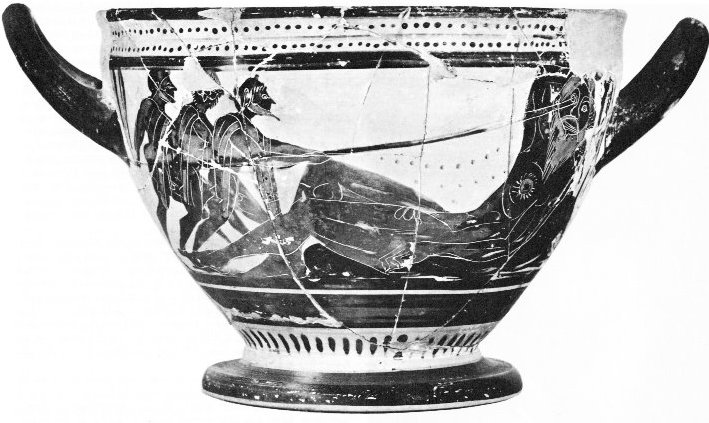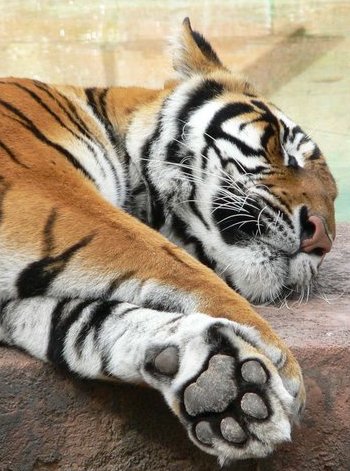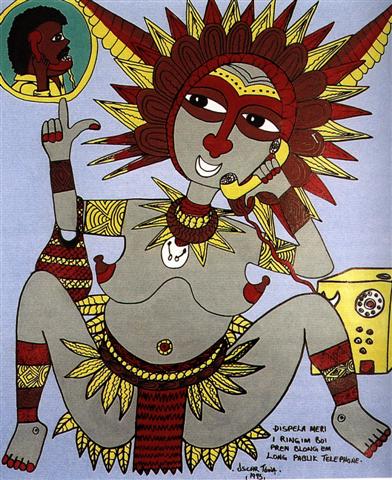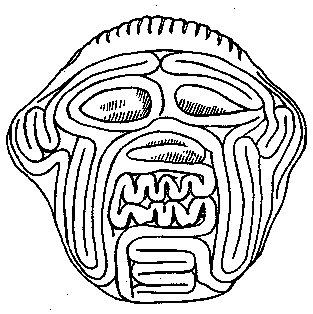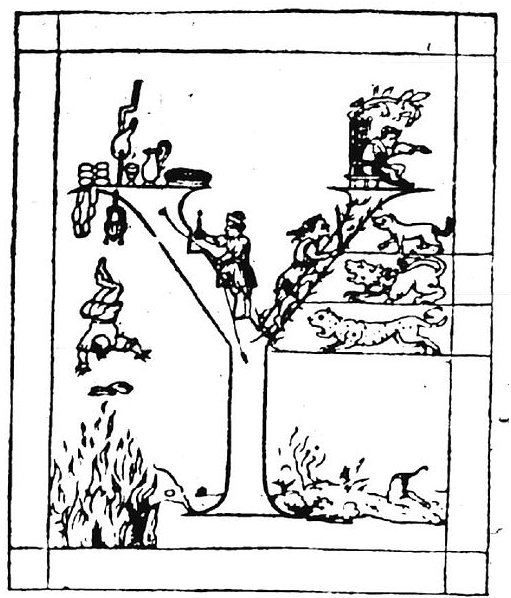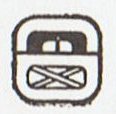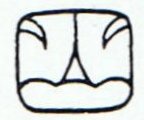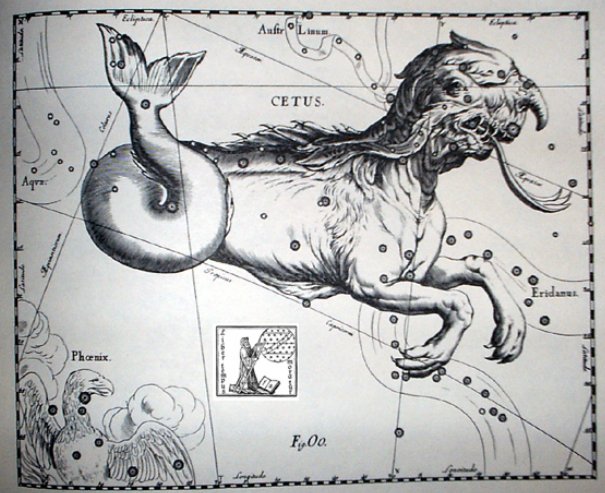We should here notice how also Eridanus runs backwards in time ('withershins') 'for a while': "While ... time ... ON. hvíla bed ..." (English Etymology)
The twin stars υ¹ and υ² Eridani rose together in the same day as Aldebaran (*68), i.e. 6 days after the Egg (Beid). ... There is a couple residing in one place named Kui [Tui] and Fakataka [Hakataka]. After the couple stay together for a while Fakataka is pregnant. So they go away because they wish to go to another place - they go. The canoe goes and goes, the wind roars, the sea churns, the canoe sinks. Kui expires while Fakataka swims. Fakataka swims and swims, reaching another land. She goes there and stays on the upraised reef in the freshwater pools on the reef, and there delivers her child, a boy child. She gives him the name Taetagaloa. When the baby is born a golden plover flies over and alights upon the reef. (Kua fanau lā te pepe kae lele mai te tuli oi tū mai i te papa). And so the woman thus names various parts of the child beginning with the name 'the plover' (tuli): neck (tuliulu), elbow (tulilima), knee (tulivae) ...
... Ure Honu stayed for a while, (then) he went away and covered the roof of his house in Vai Matā. It was a new house. He took the very large skull, which he had found at the head of the banana plantation, and hung it up in the new house. He tied it up in the framework of the roof (hahanga) and left it hanging there ...
... Then the big Fish did swallow him, and he had done acts worthy of blame. Had it not been that he (repented and) glorified Allah, He would certainly have remained inside the Fish till the Day of Resurrection. - Qur'an, chapter 37 (As-Saaffat), verse 139–144. But We cast him forth on the naked shore in a state of sickness. And We caused to grow, over him, a spreading plant of the gourd kind. And We sent him (on a mission) to a hundred thousand (men) or more.And they believed; so We permitted them to enjoy (their life) for a while. - Qur'an, chapter 37 (As-Saaffat), verse 145–148 ...
The river Eridanus at first seems to run in a rather straight course from Achernar (the End of the River) far up in the south down to Orion at the equator. The source of a river was its end. For us this is a rather strange thought, but probably it indicated that the apple never falls far from the tree so to say, that the fresh fruit (hua) indeed is a product of the dry old generation (ω). And that the new ones cannot thrive without the old ones going away, as illustrated in Newton's personal coat of arms: ... I do not know what I may appear to the world, but to myself I seem to have been only like a boy playing on the sea-shore, and diverting myself in now and then finding a smoother pebble or a prettier shell than ordinary, whilst the great ocean of truth lay all undiscovered before me ...
... the modern Homo occidentalis is bound to shrink back from the mere idea that the Nile represented a circle, where 'source' and 'mouth' meet, so that there is nothing preposterous in the notion that a Canopic mouth can be found in the geographical North ... Water runs downhill, from its source high up and down to the sea, where the 'mouth' of the river connects to the sea. Therefore the Egyptian Nile points to the geographical North as the end station (as if it was located at the horizon in the west). It is a more or less straight path, not a circle ...
... Yes, said the maiden. She stretched out her right hand, up there in front of the bone. And then the bone spit out its saliva, which landed squarely in the hand of the maiden. And then she looked in her hand, she inspected it right away, but the bone's saliva wasn't in her hand. It is just a sign I have given you, my saliva, my spittle. This, my head, has nothing on it - just bone, nothing of meat. It's just the same with the head of a great lord: it's just the flesh that makes his face look good. And when he dies, people get frightened by his bones. After that, his son is like his saliva, his spittle, in his being, whether it be the son of a lord or the son of a craftsman, an orator. The father does not disappear, but goes on being fulfilled. Neither dimmed nor destroyed is the face of a lord, a warrior, craftsman, an orator. Rather, he will leave his daughters and sons. So it is that I have done likewise through you. Now go up there on the face of the earth; you will not die. Keep the word. So be it, said the head of One and Seven Hunaphu - they were of one mind when they did it ...
... Up to the present time, fertility spells for fowls have played an important role. Especially effective were the so-called 'chicken skulls' (puoko moa) - that is, the skulls of dead chiefs, often marked by incisions, that were considered a source of mana. Their task is explained as follows: 'The skulls of the chiefs are for the chicken, so that thousands may be born' (te puoko ariki mo te moa, mo topa o te piere) ... As long as the source of mana is kept in the house, the hens are impregnated (he rei te moa i te uha), they lay eggs (he ne'ine'i te uha i te mamari), and the chicks are hatched (he topa te maanga). After a period of time, the beneficial skull has to be removed, because otherwise the hens become exhausted from laying eggs ...
... It is an interesting fact, although one little commented upon, that myths involving a canoe journey, whether they originate from the Athapaskan and north-western Salish, the Iroquois and north-eastern Algonquin, or the Amazonian tribes, are very explicit about the respective places allocated to passengers. In the case of maritime, lake-dwelling or river-dwelling tribes, the fact can be explained, in the first instance, by the importance they attach to anything connected with navigation: 'Literally and symbolically,' notes Goldman ... referring to the Cubeo of the Uaupés basin, 'the river is a binding thread for the people. It is a source of emergence and the path along which the ancestors had travelled. It contains in its place names genealogical as well as mythological references, the latter at the petroglyphs in particular.' A little further on ... the same observer adds: 'The most important position in the canoe are those of stroke and steersman. A woman travelling with men always steers, because that is the lighter work. She may even nurse her child while steering ... On a long journey the prowsman or stroke is always the strongest man, while a woman, or the weakest or oldest man is at the helm ...
... Do we ever understand what we think? We understand only such thinking as is a mere equation and from which nothing comes out but what we have put in. That is the manner of working of the intellect. But beyond that there is a thinking in primordial images - in symbols that are older that historical man; which have been ingrained in him from earliest times, and, eternally living, outlasting all generations, still make up the groundwork of the human psyche. It is possible to live the fullest life only when we are in harmony with these symbols; wisdom is a return to them. It is a question neither of belief nor knowledge, but of the agreement of our thinking with the primordial images of the unconscious. They are the source of all our conscious thoughts, and one of these primordial images is the idea of life after death ... ... A human being would certainly not grow to be seventy or eighty years old if this longevity had no meaning for the species to which he belongs. The afternoon of human life must have a significance of its own and cannot be merely a pitiful appendage to life's morning. The significance of the morning undoubtedly lies in the development of the individual, our entrenchment in the outer world, the propagation of our kind and the care of our children. But when this purpose has been attained - and even more than attained - shall the earning of money, the extension of conquests, and the expansion of life go steadily on beyond the bounds of all reason and sense? Whoever carries over into the afternoon the law of the morning - that is, the aims of nature - must pay for so doing with damage to his soul just as surely as a growing youth who tries to salvage his childish egoism must pay for this mistake with social failure. Moneymaking, social existence, family and posterity are nothing but plain nature - not culture. Culture lies beyond the purpose of nature. Could by any chance culture be the meaning and purpose of the second half of life? In primitive tribes, we observe that the old people are almost always the guardians of the mysteries and the laws, and it is in these that the cultural heritage of the tribe is expressed ...
... before there was a world (what we would call the 'universe'), a solitary deified tree was at the center of all there was. As the world's creation approached, this deity became pregnant with potential life; its branches grew one of all things in the form of fruit. Not only were there gross physical objects like rocks, maize, and deer hanging from the branches, there were also such elements as types of lightning, and even individual segments of time. Eventually this abundance became too much for the tree to support, and the fruit fell. Smashing open, the fruit scattered their seeds; and soon there were numerous seedlings at the foot of the old tree. The great tree provided shelter for the young 'plants', nurturing them, until finally it was crowded out by the new. Since then, this tree has existed as a stump at the center of the world. This is what remains of the original 'Father/Mother' (Ti Tie Ti Tixel), the source and endpoint of life ...
In front of Cetus a great deviation of Eridanus occurred, allowing the big Fish to put her paws down upon dry land:
... This tree whose foliage was always green was the ash tree Yggdrasil. One of its roots reached down into the depths of the subterranean kingdom and its mighty boughs rose to the heights of the sky. In the poetic language of the skalds Yggrasil signified the 'Steed of the Redoubtable' (Odin) and the gigantic tree received its name because, they said, Odin's charger was in the habit of browsing in its foliage. Near the root which plunged into Niflhel, the underworld, gushed forth the fountain Hvergelmir, the bubbling source of the primitive rivers. Besided the second root, which penetrated the land of giants, covered with frost and ice, flowed the fountain of Mimir, in which all wisdom dwelt and from which Odin himself desired to drink even though the price demanded for a few draughts was the loss of an eye.
Finally under the third root of Yggdrasil - which according to one tradition was in the very heavens - was the fountain of the wisest of the Norns, Urd. Every day the Norns drew water from the well with which they sprinkled the ash tree so that it should not wither and rot away. In the higher branches of the tree was perched a golden cock which surveyed the horizon and warned the gods whenever their ancient enemies, the Giants, prepared to attack them. Under the ash tree the horn of the god Heimdall was hidden. One day this trumpet would sound to announce the final battle of the Aesir against all those who wished to cause their downfall. Near the vigorous trunk of the tree there was a consecrated space, a place of peace where the gods met daily to render justice. In its branches the goat Heidrun browsed; she gave Odin's warriors the milk with which they were nourished. Malevolent demons continually schemed to destroy the ash Yggdrasil. A cunning monster, the serpent Nidhögg, lurked under the third root and gnawed at it ceaselessly. Four stags wandered among its foliage and nibbled off all the young buds. Thanks however to the care and attention of the Norns the tree continued to put forth green shoots and rear its indestructible trunk in the centre of the earth ...
... As for the rebirth of the world, another 'Twilight' comes to mind. It is the Kumulipo, a Polynesian cosmogonic myth from Hawaii. 'Although we have the source of all things from chaos, it is a chaos which is simply the wreck and ruin of an earlier world.' Now turns the swinging of time over on the burnt-out world // Back goes the great turning of things upwards again // As yet sunless the time of shrouded lights; // Unsteady, as in dim moon-shimmer, // From out Makalii's night-dark veil of cloud // Thrills, shadow-like, the prefiguration of the world to be ...
... The Euripus, which has already come up in the Phaedo, was really a channel between Euboea and the mainland, in which the conflict of the tides reverses the current as much as seven times a day, with ensuing dangerous eddies - actually a case of standing waves rather than a true whirl. We meet the name again at a rather unexpected place, in the Roman circus or hippodrome, as we know from J. Laurentius Lydus (De Mensibus I.12), who states that the center of the circus was called Euripos; that in the middle of the stadium was a pyramid, belonging to the Sun; that by the Sun's pyramid were three altars, of Saturn, Jupiter, Mars, and below the pyramid, altars of Venus, Mercury, and the Moon, and that there were not more than seven circuits (kykloi) around the pyramid, because the planets were only seven. (See also F. M. Cornford's chapter on the origin of the Olympic games in J. Harrison's Themis (1962), p. 228; G. Higgins' Anacalypsis (1927), vol. 2., pp. 372ff.) This brings to mind (although not called Euripus, obviously, but 'the god's place of skulls') the Central American Ball Court which had a round hole in its center, termed by Tezozomoc 'the enigmatic significance of the ball court', and from this hole a lake spread out before Uitzilopochtli was born. See W. Krickeberg, 'Der mittelamerikanische Ballspielplatz und seine religiöse Symoblik', Paideuma 3 (1948), pp. 135ff., 155, 162. And here the unstable Euripus of the Ocean, which flows back to the beginnings of its mysterious source, dragged with irresistible force the unhappy sailors, thinking by now only of death, towards Chaos. This is said to be the maw of the abyss, that unknown depth in which, it is understood, the ebb and flow of the whole sea is absorbed and then thrown up again,
which is the cause of the tides. This is reflection of what had been a popular idea of antiquity. But here comes a version of the same story in North America. It concerns the canoe adventures of two Cherokees at the mouth of Suck Creek. One of them was seized by a fish, and never seen again. The other was taken round and round to the very lowest center of the whirlpool, when another circle caught him and bore him outward.
He told afterwards that when he reached the narrowest circle of the maelstroem the water seemed to open below and he could look down as through the roof beam of a house, and there on the bottom of the river he had seen a great company, who looked up and beckoned to him to join them, but as they put up their hands to seize him the swift current caught him and took him out of their reach. It is almost as if the Cherokees have retained a better memory, when they talk of foreign regions, inhabited by 'a great company' - which might equally well be the dead, or giants with their dogs - there, where in 'the narrowest circle of the maelstroem the water seemed to open below' ... ... An hourglass also refers to the form of a woman. In this shape bust and hip are significantly large with a narrow waist. A common measurement of this form is 36 24 36. The three sizes are the circumferences of bust, waist and hips; usually rendered as three sizes: xx-yy-zz in centimeters or inches ...
|
|||||||||||||||||||||||||||||||||||||||||||||||||||||||||||||||||||||||||||||||||||||||||||||||||||||||||||||||||||||||||||||||||||||||||||||||||||||||||||||||||||||||||||||||||||||||||||||||||||||||||||||||||||||||||||||||||||||||||||||||||||||||||||||||||||||||||||||||||||||||||||||||||||||||||||||||||||||
